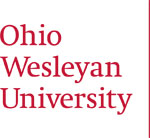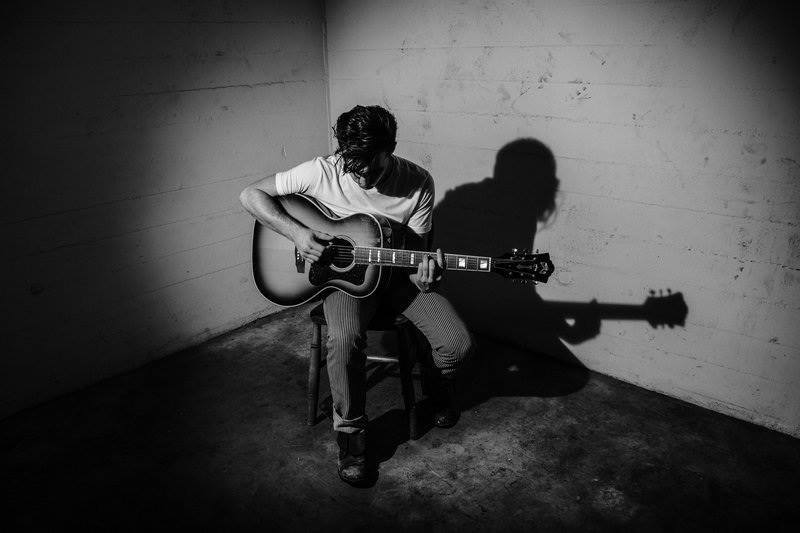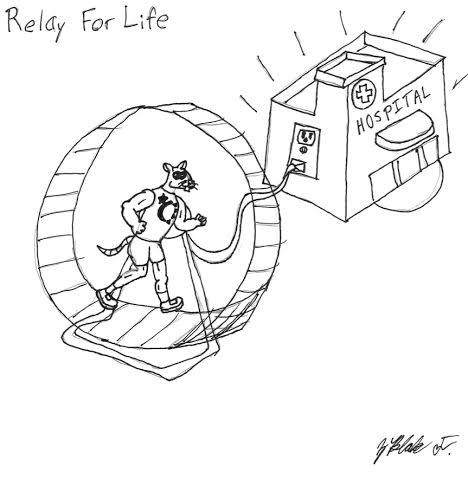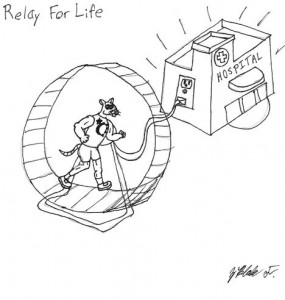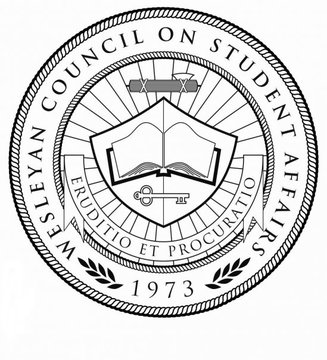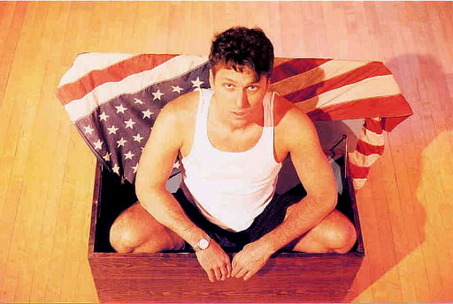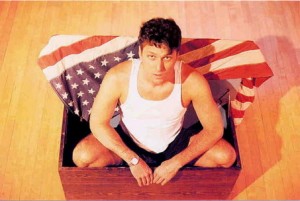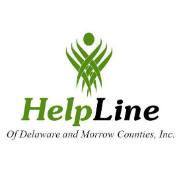
The Sexual Assault Response Network (SARN) of HelpLine of Delaware and Morrow Counties, Inc. is bringing a sexual assault program to Ohio Wesleyan.
The facilitator of the support group, Nora Flanagan, said her “role will be to start the meeting with an introduction to a topic regarding sexual violence, open up for discussion and then have time for sharing more personal stories if people wish.”
The group is a peer-led support group and therefore members have a majority say in how to spend the time.
“The facilitator is there to explain and keep ground rules of the support group in play and to be ready to assist if anyone is triggered or needs extra support after the group,” Flanagan said.
“This particular group is based on a four session curriculum. The topics we will talk about include what is sexual assault; setting boundaries; trust after trauma; triggers; and self-care. After the sessions participants are welcome to continue to access our services in any way that is found to be beneficial in their healing journey.”
Flanagan explained her role is also to ensure confidentiality, provide a non-threatening, supporting, open and non-judgmental conversation. She is trained in trauma informed care.
“We provide rape crisis and recovery services for all survivors of sexual assault. Sexual assault is any unwanted sexual activity you don’t agree to when you are coerced, threatened, forced, intoxicated or unable to consent in any circumstance, for any reason,” Flanagan said.
Flanagan has worked in the field for 15 years, first as a liaison to the judicial system then to volunteering at a nonprofit. She then took the position as the SARN coordinator. Flanagan works with survivors both in hospital and law enforcement settings but most often will work with survivors who reach out to the SARN hotline in a one-on-one capacity.
Senior Ali Smith said, “I think it’s great that this program is being offered at OWU. Women that have experienced sexual assault will have a safe place to discuss issues caused by the assault.”
Flanagan said “this group has been designed specifically for the 18- to 20-something-year-old female population who identify as sexual harassment, abuse or assault survivors. Registration consists of interested participants contacting us, getting more information and being signed up.”
Junior Macie Maisel said, “I don’t think we have a major problem on our campus compared to large campuses, however I think taking precautionary steps is needed so that this doesn’t become a large issue.”
The program is currently being offered and is being considered for fall 2015, spring 2016 and possibly this summer.
HelpLine’s SARN program has been a yearly participant in Take Back the Night, various campus awareness and educational groups and held a similar support group last spring.
